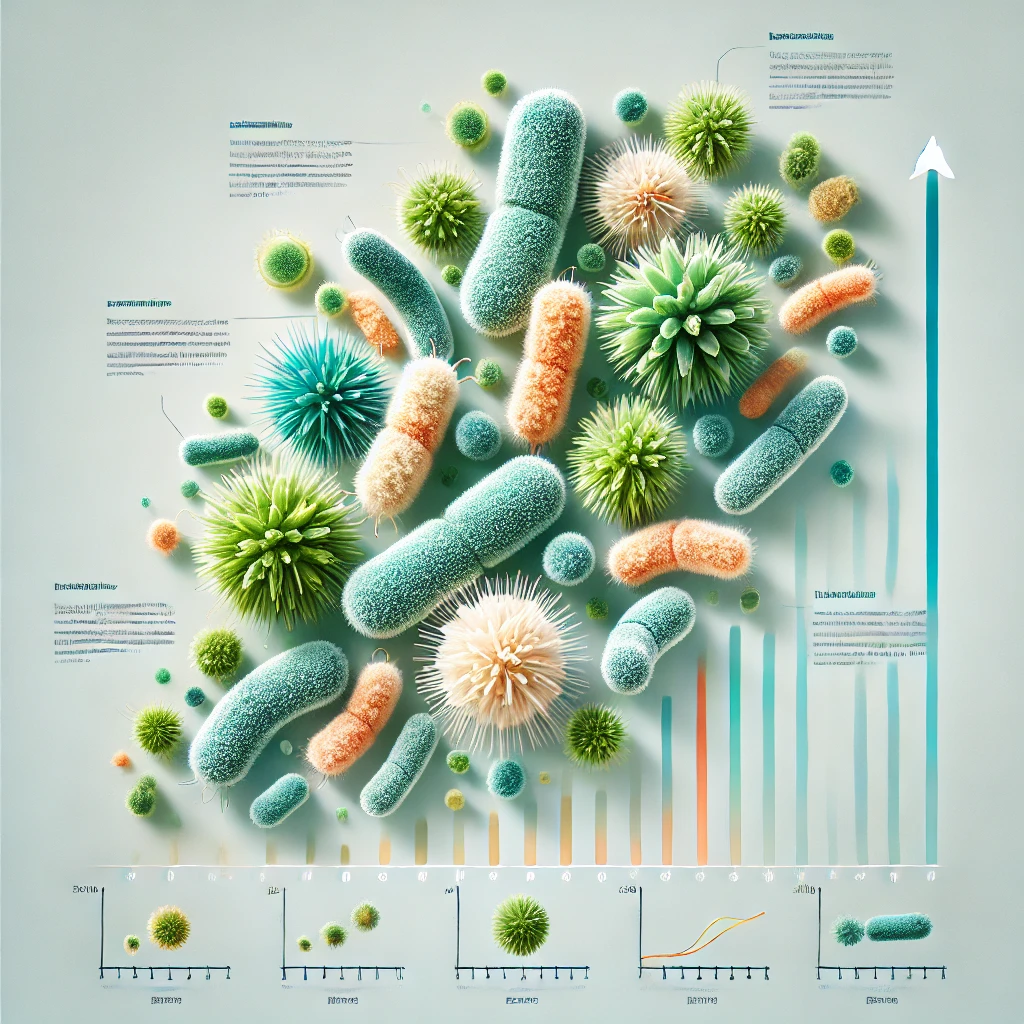Imagine a tiny world where invisible creatures are fighting back against our medicines. This is the world of bacteria and antibiotics—a battle that affects all of us, even though we can’t see it without a microscope. In this blog post, we’ll explore what bacterial resistance is, how it happens, and why it matters to everyone.
What Is Bacterial Resistance?
Bacterial resistance happens when bacteria change in a way that makes antibiotics (medicines used to kill bacteria) less effective or even useless. Think of it like a superhero who used to be easily defeated by a villain but suddenly gains a new power to resist the attack. When bacteria become resistant, infections can last longer and become harder to treat. This is a serious problem because it means that the medicines we rely on may not work when we need them most.
How Do Bacteria Become Resistant?
Bacteria are very adaptable. When they are exposed to antibiotics, most bacteria are killed, but sometimes a few survive. These survivors have learned how to fight off the medicine, either by changing their structure, producing chemicals that break down the antibiotic, or by using tiny pumps to push the drug out of their cells. Over time, these resistant bacteria multiply, and soon, the entire group can shrug off the antibiotic’s attack. Here are some interesting figures about this process:
- 90% Survival of Resistant Bacteria: In some cases, up to 90% of bacteria can develop resistance if antibiotics are misused.
- Millions of Cases Annually: Worldwide, millions of infections each year are caused by antibiotic-resistant bacteria.
- Rapid Multiplication: Bacteria can multiply in a matter of minutes under the right conditions, making the spread of resistance a very fast process.
Why Is This a Big Problem?
When bacteria become resistant, common infections that were once easily treated with antibiotics can turn into serious health issues. For example, infections like pneumonia, urinary tract infections, and even minor cuts can become dangerous if the bacteria are resistant to available drugs. This not only endangers individual health but also puts a huge strain on hospitals and healthcare systems because patients may need stronger, more expensive, or more toxic medications to fight off the infection.
What Can We Do About It?
There are several ways to help slow down the spread of bacterial resistance:
- Use Antibiotics Wisely: It is very important to take antibiotics exactly as prescribed by a doctor. Never save them for later or share them with others.
- Prevent Infections: Simple habits like washing your hands, keeping wounds clean, and staying up to date on vaccinations can help prevent infections.
- Support Research: Scientists around the world are working hard to discover new antibiotics and find better ways to treat infections. Supporting and funding this research is key to staying ahead of resistant bacteria.
Interesting Facts and Figures
- Rapid Multiplication: Under ideal conditions, a single bacterium can multiply into millions in just a few hours, making the spread of resistance incredibly fast.
- High Survival Rate: In some cases of antibiotic misuse, studies show that up to 90% of bacteria may develop resistance.
- Global Impact: Millions of infections worldwide are caused by antibiotic-resistant bacteria every year.
- Hospital Challenge: In certain hospitals, nearly 50% of infections involve antibiotic-resistant strains, highlighting the urgent need for proper antibiotic use.
- Future Projections: The World Health Organization estimates that if current trends continue, antibiotic resistance could lead to millions of deaths annually by 2050.
These facts and figures help illustrate the critical nature of bacterial resistance and underscore why it is a pressing global health issue.
The Future of Our Battle Against Bacteria
The fight against bacterial resistance is ongoing. New research is constantly uncovering ways that bacteria change and evolve. By understanding these tiny changes, scientists can develop smarter medicines and better treatment strategies. Educating everyone—from students to healthcare professionals—is crucial in the battle to save our antibiotics.
Interesting Figures to Remember
- Resistance Rate: In some hospitals, nearly 50% of infections may involve antibiotic-resistant bacteria.
- Multiplication Speed: Under ideal conditions, one single bacterium can multiply into millions within just a few hours.
- Global Impact: The World Health Organization estimates that by 2050, antibiotic resistance could cause millions of deaths annually if action isn’t taken.
Why It Matters to You
Even if you’re young, you play a role in this global fight. Learning about bacterial resistance helps you understand why doctors advise you to complete your medicine course, why vaccinations are important, and how small actions can make a big difference in public health. The battle between bacteria and antibiotics isn’t just for scientists and doctors—it’s for all of us.
By keeping informed and practicing good habits, you can help protect yourself and others from the dangers of antibiotic-resistant infections. This incredible struggle reminds us that in the microscopic world, even the tiniest creatures can teach us big lessons about care, responsibility, and the power of science.




